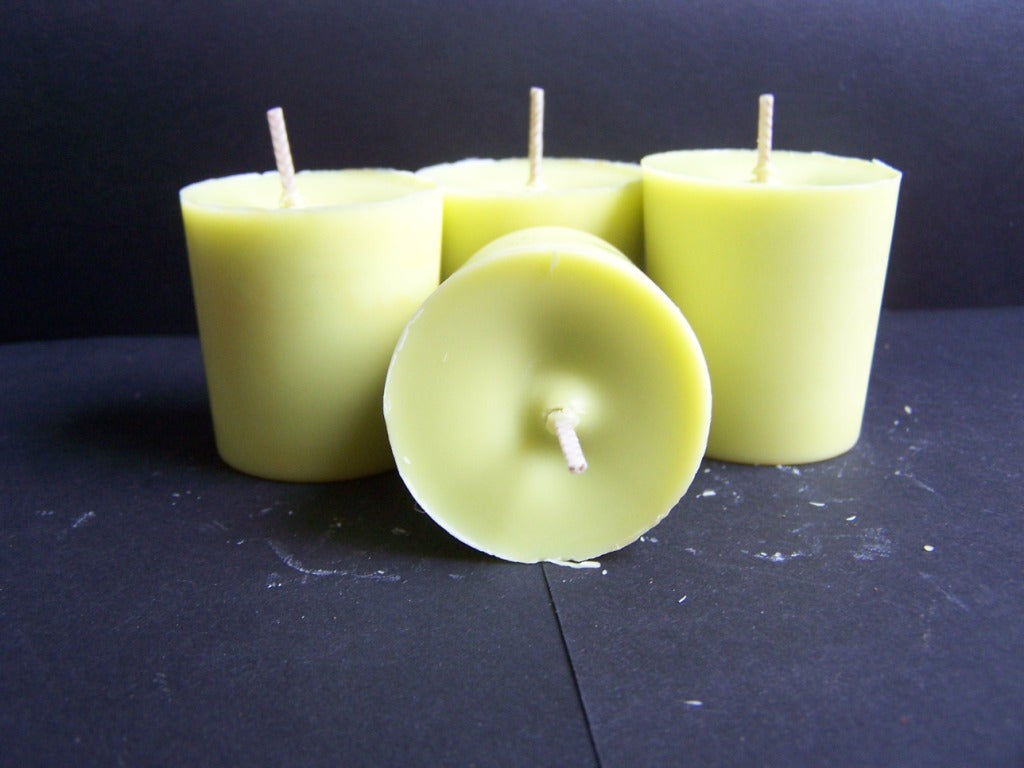Enhance Your Living Space with Extravagant Soy Candles and Home Fragrance
Enhance Your Living Space with Extravagant Soy Candles and Home Fragrance
Blog Article
From Wick to Wax: Understanding the Chemistry Behind Soy Wax Candles and Their Environmental Effect
As we brighten our spaces with the warm glow of candle lights, there lies a world of intricate chemistry behind the relatively basic act of lighting a soy wax candle. Join us as we decipher the scientific details behind soy wax candle lights and explore their effects on our setting.
Soy Wax Vs. Paraffin Wax
When contrasting soy wax and paraffin wax for candle light production, it is essential to comprehend the distinct features and advantages of each product. Soy wax is an all-natural, renewable energy obtained from soybean oil, making it naturally degradable and eco-friendly - soy candles. In contrast, paraffin wax is a byproduct of oil refining, which raises worries concerning its environmental impact and sustainability
Soy wax candle lights shed cleaner and release much less residue contrasted to paraffin wax candles, making them a much healthier choice for indoor air quality. In addition, soy wax has a lower melting point, enabling a longer-lasting candle light that distributes fragrance better. Paraffin wax, on the other hand, tends to melt faster and less easily, potentially launching unsafe chemicals right into the air.
From a sustainability viewpoint, soy wax is favored for its biodegradability and sustainable sourcing, lining up with the growing customer preference for ecologically mindful products. While paraffin wax has been a typical option in candle light making as a result of its cost and ease of usage, the change towards eco-friendly options like soy wax is getting energy in the market.
Chemical Composition of Soy Wax

Combustion Refine in Soy Candles
The chemical structure of soy wax directly affects the combustion process in soy candles, influencing aspects such as burn time, scent release, and environmental influence. When a soy candle is lit, the warmth from the flame thaws the wax near the wick. This liquid wax is then created the wick as a result of capillary activity. As the fluid wax reaches the fire, it undergoes and vaporizes burning. The burning process involves the vaporized hydrocarbons in the wax reacting with oxygen airborne to create heat, light, water vapor, and co2.
The burning efficiency of soy candles is influenced by the purity of the soy wax and the quality of the wick. In addition, soy wax candles have a reduced ecological effect compared to paraffin candles due to their renewable and biodegradable nature.

Ecological Advantages of Soy Wax

Considered a lasting alternative to standard paraffin wax, soy wax offers noteworthy environmental benefits that make it a prominent choice amongst eco-conscious consumers. Soy wax burns cleaner and creates less soot than paraffin wax, contributing to far better interior air top quality and minimizing the demand for cleaning and maintenance. Generally, the ecological advantages of soy wax line up with the expanding need for sustainable and green products in the market.
Recycling and Disposal Considerations
Reusing and correct disposal of soy wax candles play an essential function in keeping environmental sustainability and reducing waste in communities and households. When it comes to recycling soy wax candle lights, the first action is to make certain that the candle light has actually burned completely.

In regards to disposal, if recycling is not an alternative, soy wax candles are biodegradable and can be securely disposed of in the majority of family waste systems. However, it is constantly advised to talk to local recycling facilities or waste management services for particular standards on candle light disposal to guarantee proper handling and ecological security.
Verdict
In final thought, the chemistry behind soy wax candle lights reveals their ecological benefits over paraffin wax candles. Soy wax, acquired from soybean oil, burns cleaner and produces much less residue when contrasted to paraffin wax.
When comparing soy wax and paraffin wax for candle making, it is essential to comprehend the distinctive features and benefits of each material (home fragrance).Soy wax candle Go Here lights melt cleaner and produce less soot contrasted to paraffin wax candle lights, making them a healthier option for interior air top quality.Thought about a sustainable alternative to conventional paraffin wax, soy wax provides remarkable environmental benefits that make it a popular choice amongst eco-conscious customers. Soy wax burns cleaner and produces much less residue than paraffin wax, adding to much better interior air top quality and lowering the need for cleaning and upkeep.In verdict, the chemistry behind soy wax candle lights exposes their ecological benefits over paraffin wax candle lights
Report this page